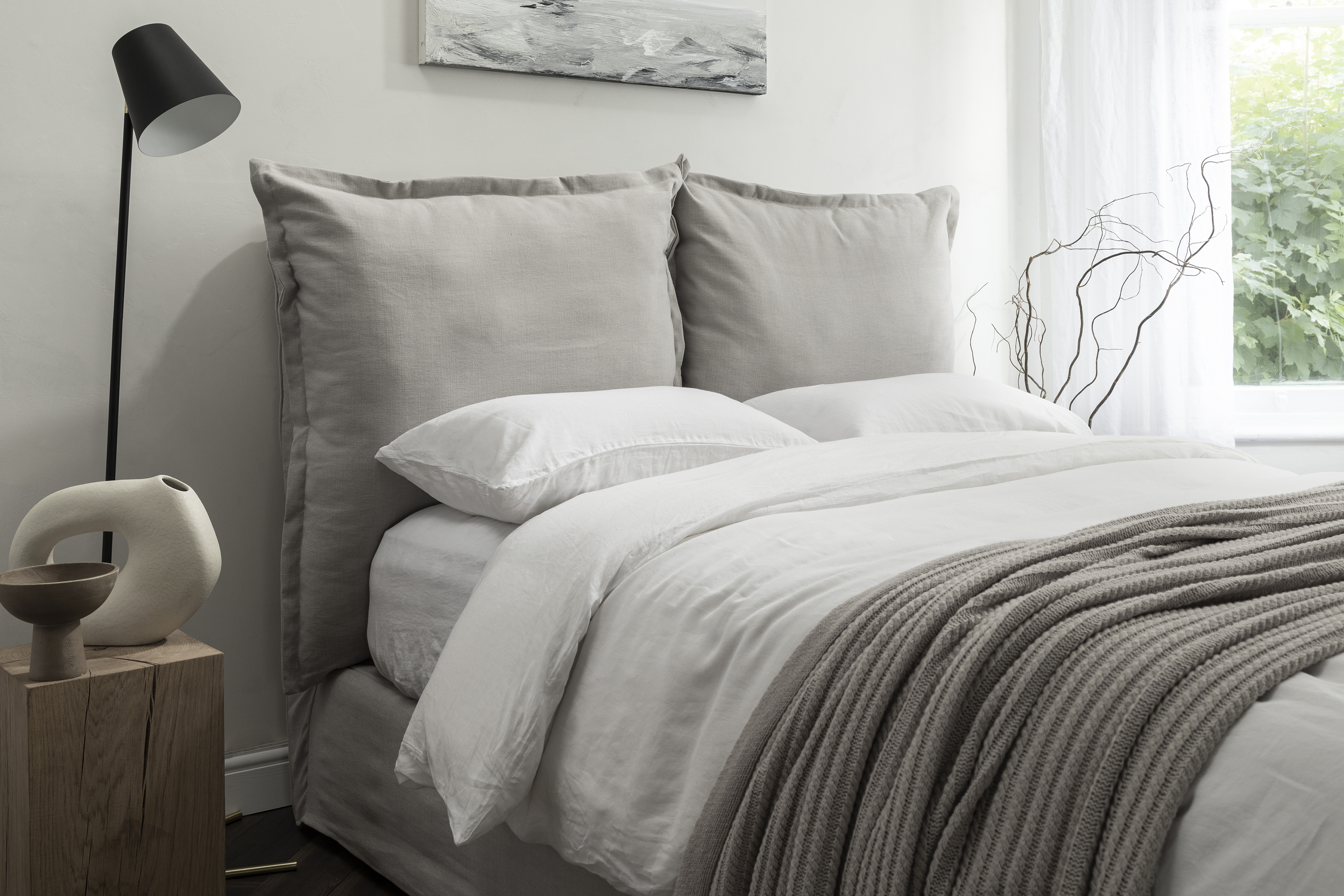
Listening to white noise has long been praised by insomniac sufferers as one of the best ways to help you drift off more easily and sleep more soundly. It works by drowning out other disruptive background noises with its continuous, static-like sound, but there's now a new kid on the block, and it's said to have even more promising effects. Its name? Pink noise.
The chances are you've already heard of white noise - and you may have heard word of brown noise, too - but for most of us, pink noise is a far more alien term. You can think of it as white noise's closely related cousin. It's another type of ambient noise that combines different frequencies for a relaxing background sound that blocks out bothersome internal thoughts as well as external noises, only it has a slightly lower pitch to white noise. The question is, which one works best? And why?
To help explain the differences between the two sounds and offer answers to these burning questions, we've spoken to some sleep experts who help us get to the bottom of which is best when it comes to how to sleep better.
What's the difference between pink and white noise?
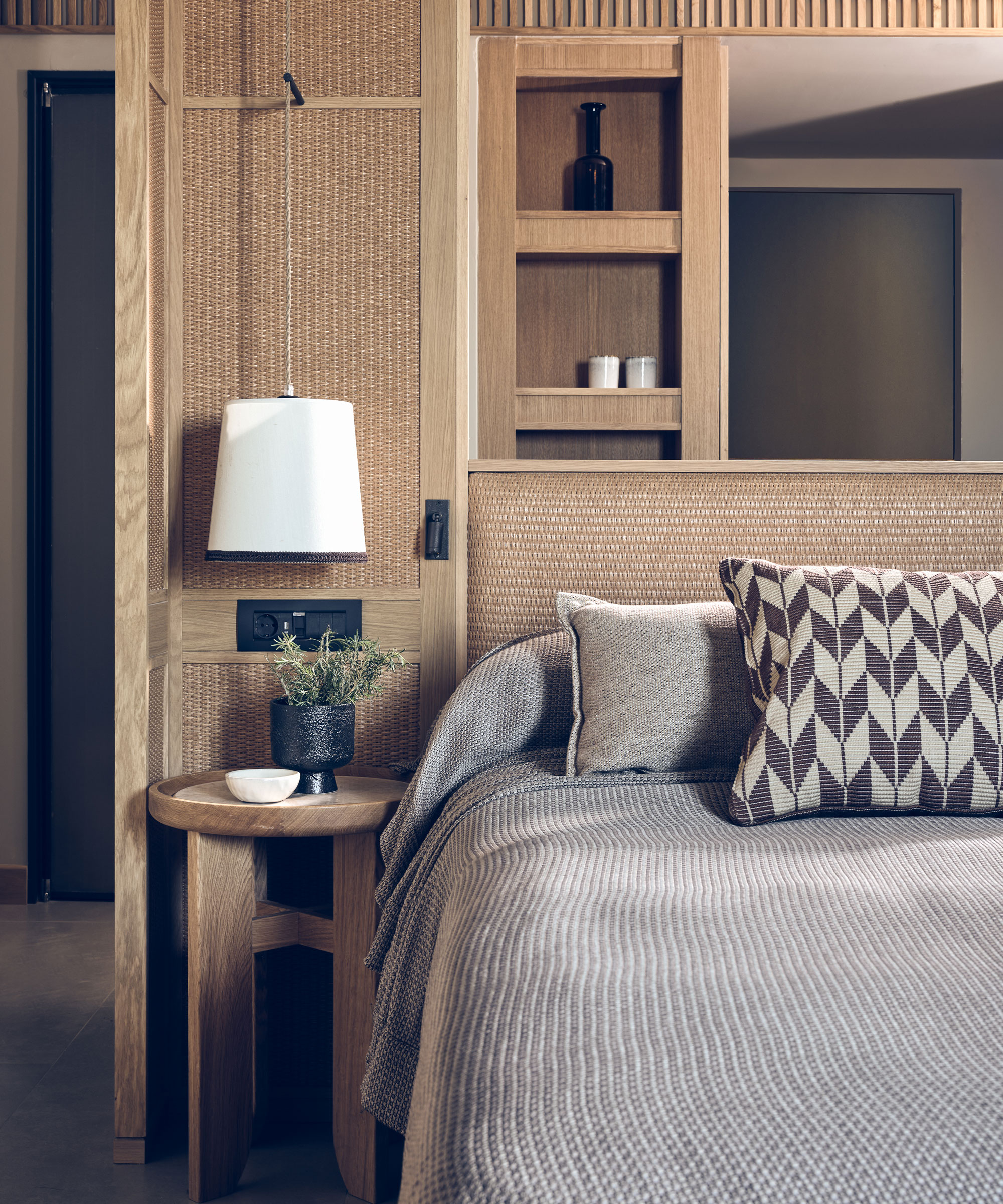
If you're wondering what pink noise is, it's really not altogether different from white noise in that it's also a broadband noise. However, rather than being made up of all the frequencies audible to the human ear as white noise is, pink noise is composed of a mixture of all frequencies between 20 Hz and 20,000 Hz.
'This means that pink noise is deeper than white noise because it reduces the intensity of higher frequencies and increases the intensity of lower frequencies,' explains Carlie Gasia, a sleep expert and Certified Sleep Science Coach at Sleepopolis. In terms of the difference in sound then, it simply has a slightly lower pitch with many describing it as a smoother, softer alternative to white noise.
Is pink or white noise better for sleep?
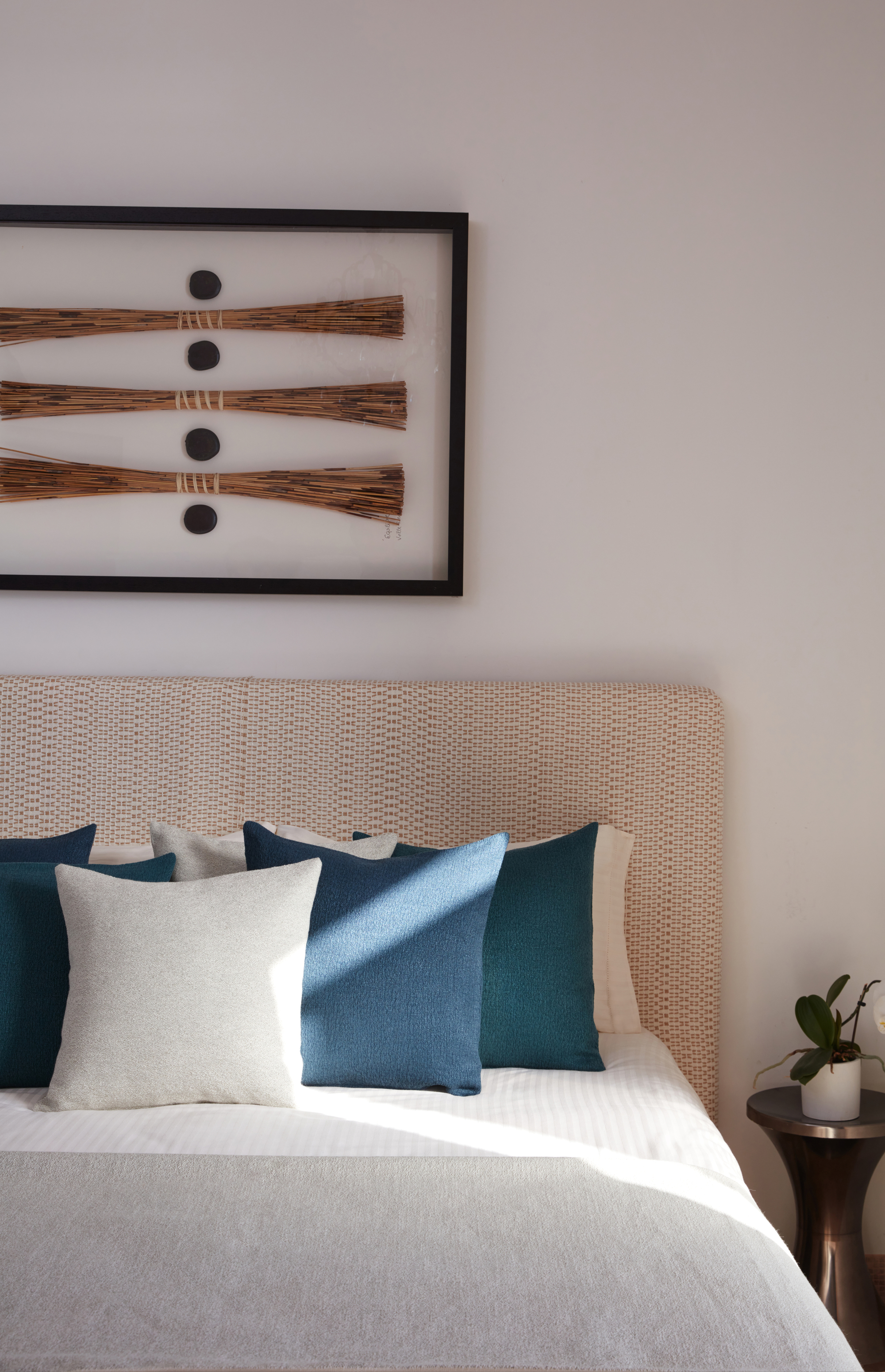
Being pretty similar sounds, it isn't surprising that both white and pink noise are said to help with sleep. That said, many people report that pink noise helps them to drift into a more peaceful slumber than its counterpart.
The science also defends pink noise as the winner. 'Studies on sleep noises have proven a connection between pink noise and sounder sleep,' explains Carlie. 'Its lower frequency is gentle enough to aid light sleepers where other color noises may prove too distracting.'
Studies also show that pink noise can help you spend more time in deep sleep, in turn helping you wake up with more energy. 'Some research suggests that this is because pink noise decreases brain wave complexity and induces more stable sleep to improve sleep quality,' notes Dr. Abhinav Singh from the Sleep Foundation. That means that even if sleep comes easy to you, you might find that listening to pink noise in the bedroom enhances your overall sleep quality during the night.
All that said, your choice of noise ultimately comes down to personal preference. Some people prefer the fuller sound of white noise when their head hits the pillow, especially if it's what they're used to, while others find that pink noise is more effective. 'While there are many studies ongoing and completed with varying results, research remains inconclusive on which kind definitely improves sleep quality,' says Dr Abhinav.
Other advantages of pink noise
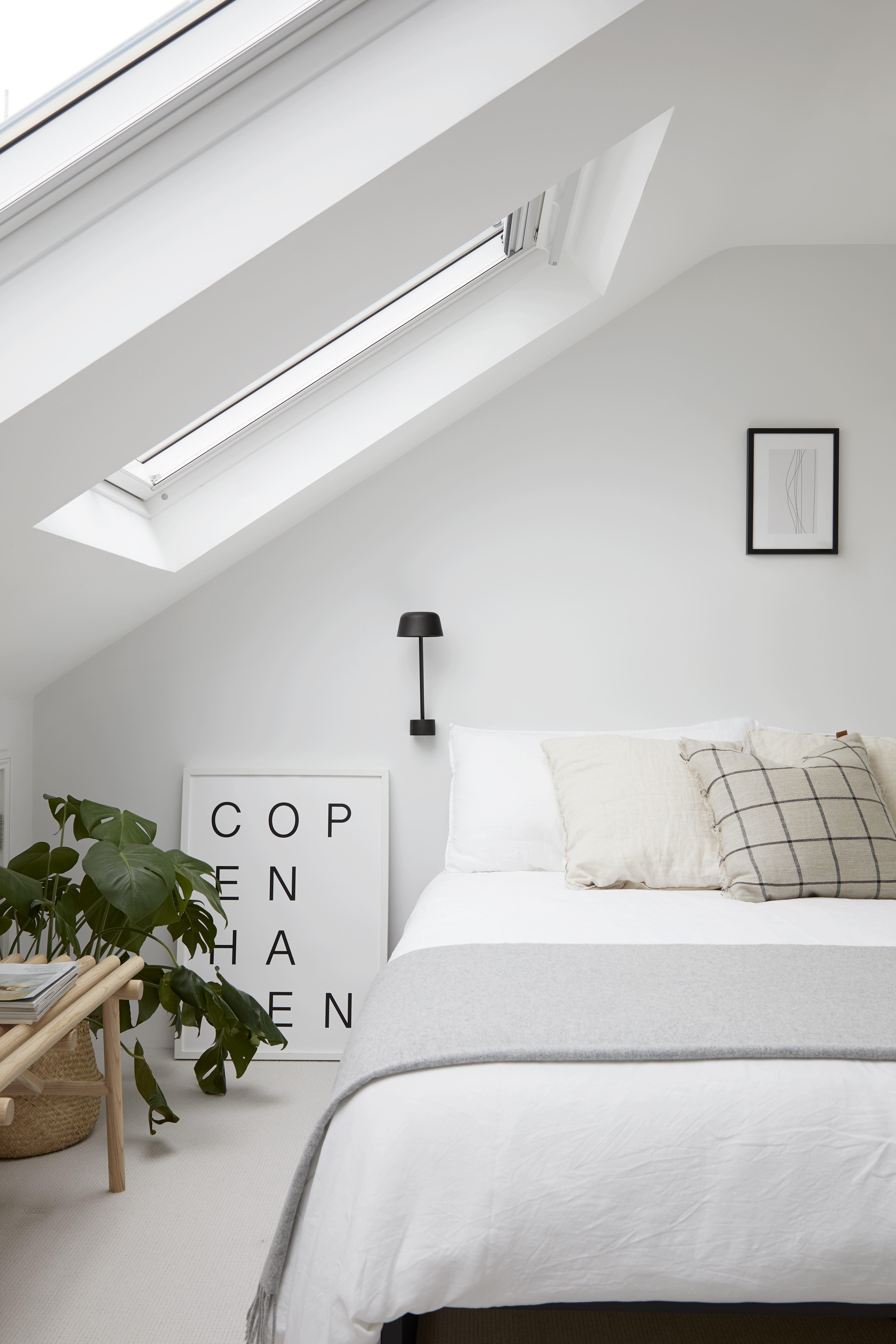
There are a few other advantages of pink noise that - in our opinion - give it the one up over white noise, however.
'Compared to white noise, pink noise may also have a benefit for those who suffer from anxiety (particularly sleep anxiety),' says Carlie. 'People with anxiety tend to be on high alert. The use of pink (or sometimes brown) noise may reduce their reactivity to distracting sounds in their environment that can get in the way of calm, restorative sleep, as well as also aiding concentration when awake.'
According to Carlie, pink noise is also something of a Goldilocks sound when it comes to ambient noise. 'The lower frequencies picked up in pink noise fall between white and brown noise,' she says. 'This makes them the ideal mix for anxious or light sleepers, or anyone who doesn't gel well with the other two extremes.'
For a bedroom that acts as a serene sleep sanctuary, use white or pink noise alongside the paint colors that help you sleep for the most calming, peaceful environment possible. Both your mind and body are sure to thank you for it in the morning.
Ready to try them out?
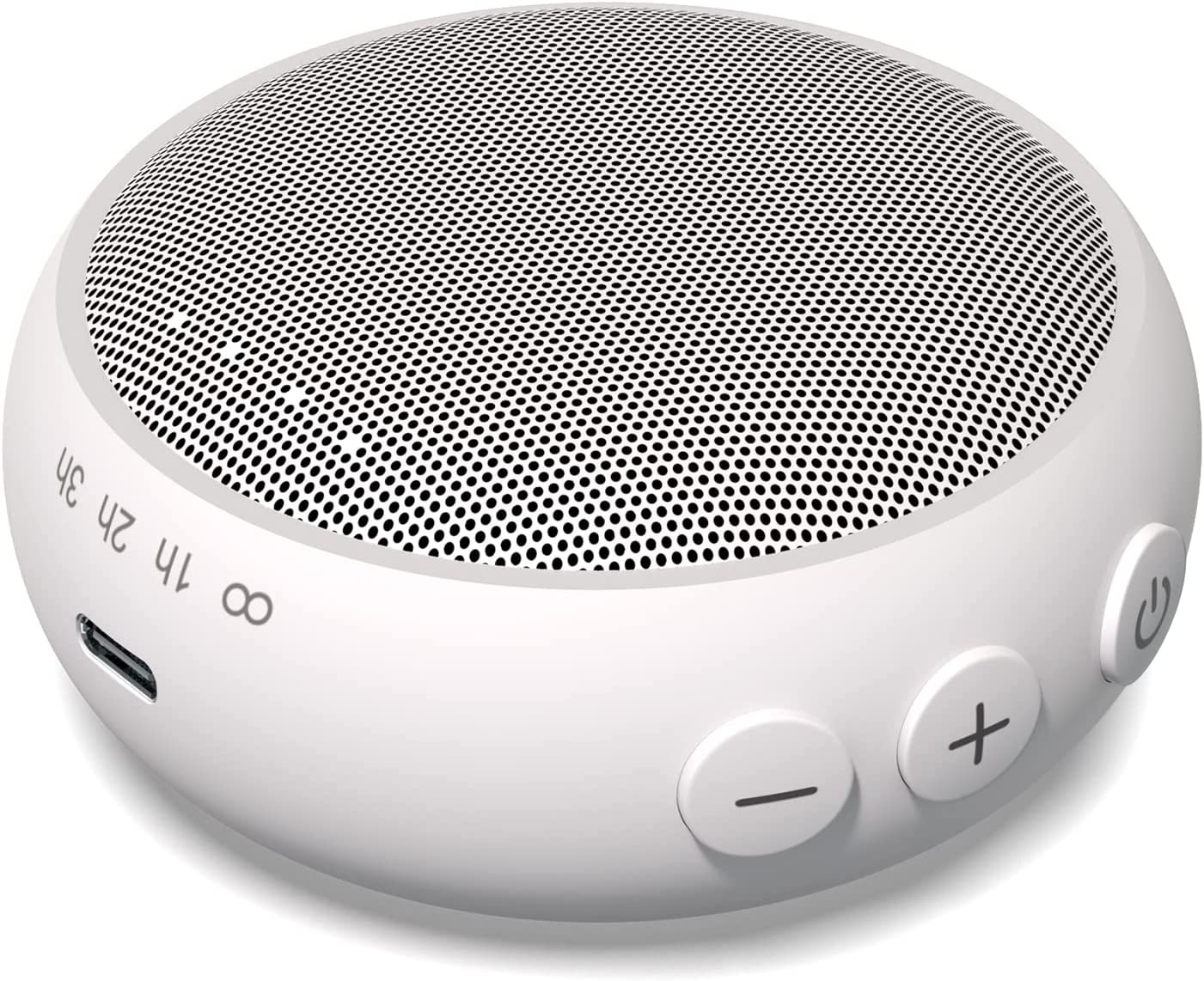
Want to give pink and white noise a try? Try this noise machine from SoundMe, available at Amazon, which allows you to do so without relying on your phone. The compact speaker can be plugged into your main source or operated by the battery backup and plays 30 different non-loop sounds including white, pink, and brown noise, as well as rain sounds.







